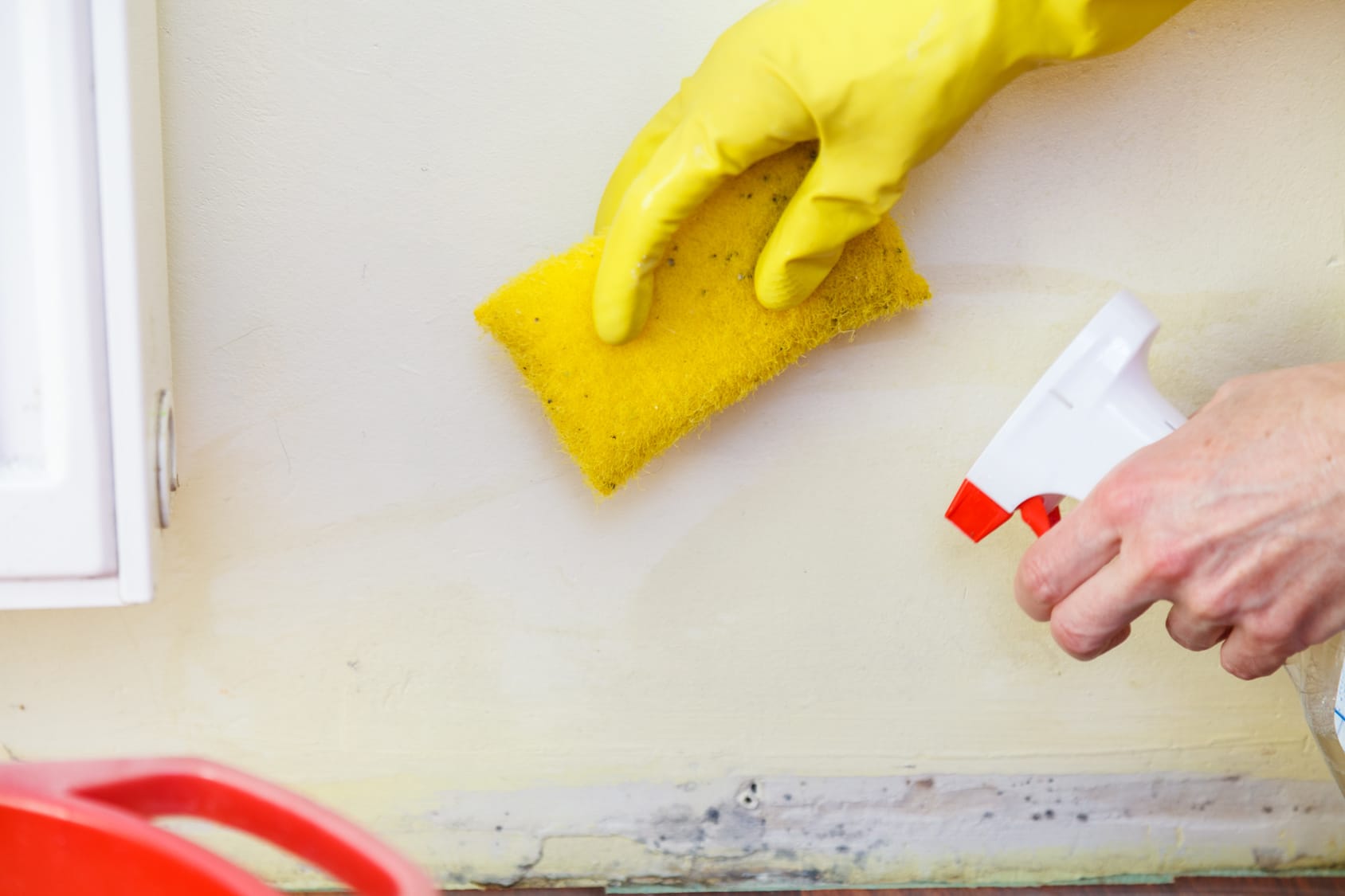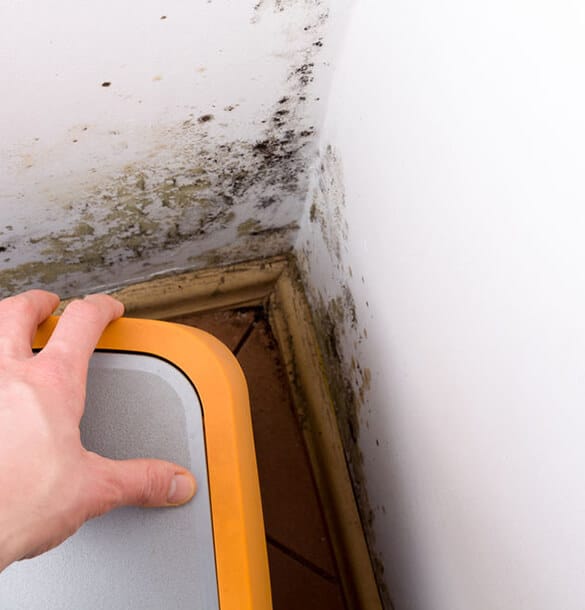Guaranteeing Post Remediation Verification Precision
Guaranteeing Post Remediation Verification Precision
Blog Article
Effective Blog Post Mold Removal Solutions for Your Home
Mold and mildew growth in homes can be a persistent problem, frequently calling for an organized technique for effective post-remediation solutions. From recognizing the elements that add to mold growth to carrying out correct cleansing strategies and dampness control steps, the process can be intricate yet crucial for preserving a healthy living environment. Post Mold remediation cleaning.
Recognizing Mold And Mildew Growth Aspects
Mold and mildew growth is affected by a variety of variables that are essential to understand in order to effectively attend to and prevent its spreading. Recognizing these variables is important in implementing successful mold remediation approaches. The primary element adding to mold and mildew growth is wetness. Mold spores require wetness to sprout and grow, making humid or damp settings extremely vulnerable to mold infestations. Poor air flow can additionally bring about moisture build-up, creating a perfect breeding ground for mold.

Furthermore, air movement and light exposure can affect mold growth. Locations that lack correct ventilation and all-natural light are much more prone to mold development. By resolving these factors thoroughly, individuals can effectively mitigate mold development and protect their living environments.
Proper Mold Cleaning Strategies
Utilizing efficient cleaning techniques is crucial in resolving and preventing the reappearance of mold contamination in indoor environments. When managing mold, it is crucial to prioritize safety and security by wearing protective equipment such as gloves, safety glasses, and masks. The primary step in appropriate mold cleaning is to consist of the affected location to avoid the spread of spores to unpolluted locations. This can be attained by sealing off the area and using air scrubbers or negative air devices to preserve air top quality.

Applying Wetness Control Measures
To efficiently protect against mold and mildew development and contamination in interior atmospheres, applying wetness control measures is paramount. In addition, ensuring proper air flow in areas susceptible to moisture buildup, such as washrooms and kitchens, can aid reduce the risk of mold development. By vigilantly executing these wetness control actions, property owners can successfully reduce the possibility of mold recontamination and preserve a healthy indoor environment.
Using Natural Removal Solutions
After efficiently applying wetness control actions to protect against mold and mildew growth in indoor atmospheres, homeowners can currently discover the performance of natural removal solutions in maintaining a healthy and balanced living space. All-natural removal remedies make use of eco friendly approaches to fight mold and mildew and mildew, making them a popular choice for those looking for non-toxic options. By including these all-natural removal remedies into their cleansing routines, property owners can efficiently deal with mold and mildew growth while promoting a much healthier indoor setting for themselves and their family members.

Maintaining a Mold-Free Environment
In order to avoid mold reappearance and make certain a consistently mold-free atmosphere, it is important for home owners to carry out proactive upkeep practices. Frequently inspecting locations click here to read prone to mold growth, such as washrooms, cellars, attics, and kitchens, is essential. Resolving any kind of leakages, water damage, or excess dampness immediately can considerably reduce the risk of mold advancement. Post Mold remediation cleaning. Appropriate ventilation in locations with high humidity degrees is additionally key to stop mold and mildew development. Using dehumidifiers or exhaust fans can help preserve optimum dampness levels and prevent mold spores from growing.
Furthermore, preserving sanitation in the home is vital for mold prevention. Keeping indoor plants in check and guaranteeing proper drainage in exterior landscaping can reduce wetness build-up, lowering the chance of mold and mildew problems.
Conclusion
Finally, it is important to address mold development check here variables, utilize appropriate cleaning strategies, apply moisture control measures, utilize natural remediation remedies, and maintain a mold-free setting in order to properly take care of article mold removal in your home - Post Mold remediation cleaning. By complying with these strategies, you can stop mold and mildew from recurring and guarantee epa mold removal products a healthy living environment for you and your family members
The key element contributing to mold and mildew development is moisture. Mold spores require wetness to germinate and thrive, making moist or moist environments extremely vulnerable to mold problems.To effectively stop mold and mildew development and contamination in indoor atmospheres, executing wetness control measures is paramount. Furthermore, making certain appropriate air flow in locations susceptible to moisture accumulation, such as restrooms and cooking areas, can aid lower the threat of mold growth.After successfully implementing dampness control procedures to protect against mold growth in indoor atmospheres, property owners can currently discover the efficiency of natural remediation solutions in maintaining a healthy living space.
Report this page